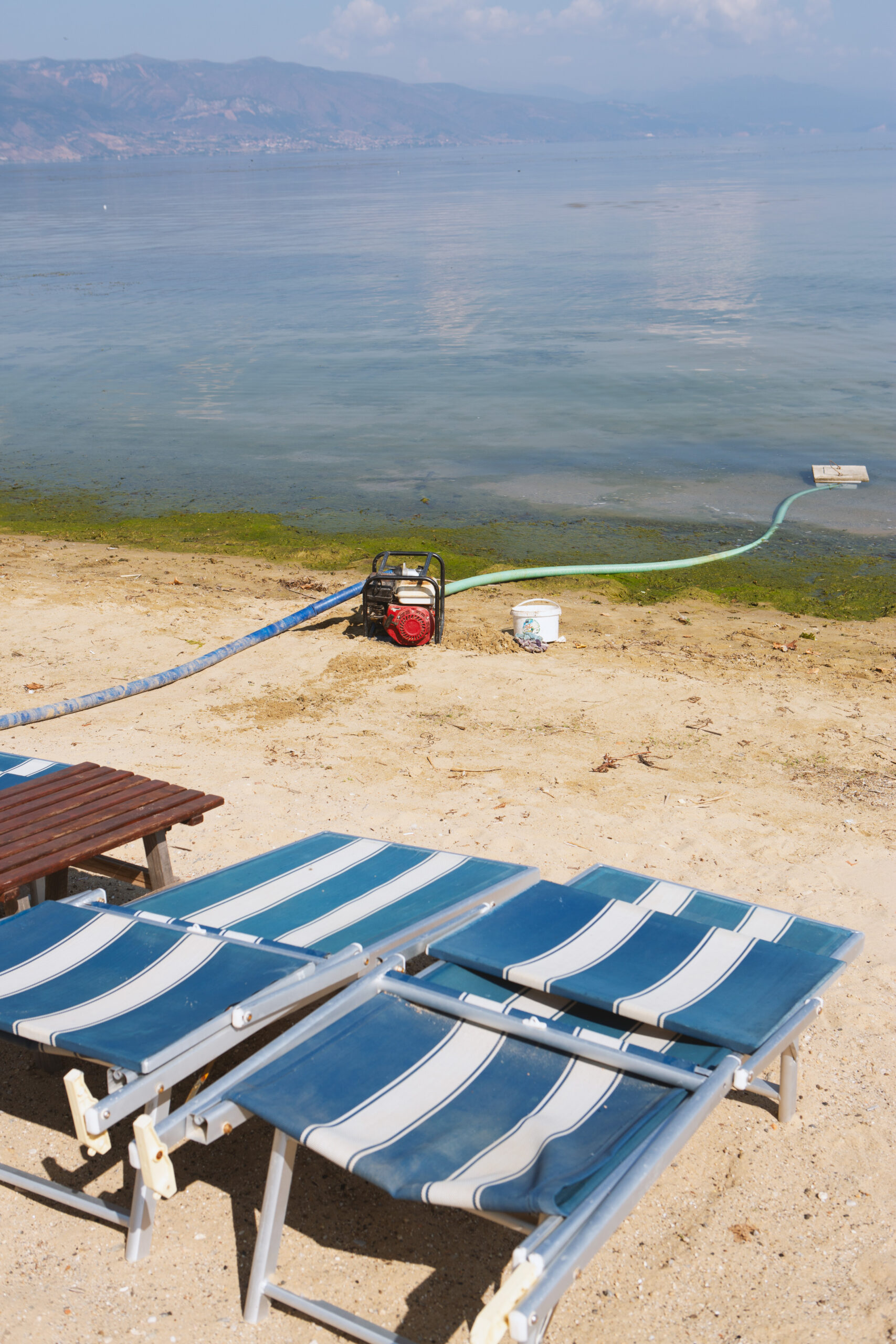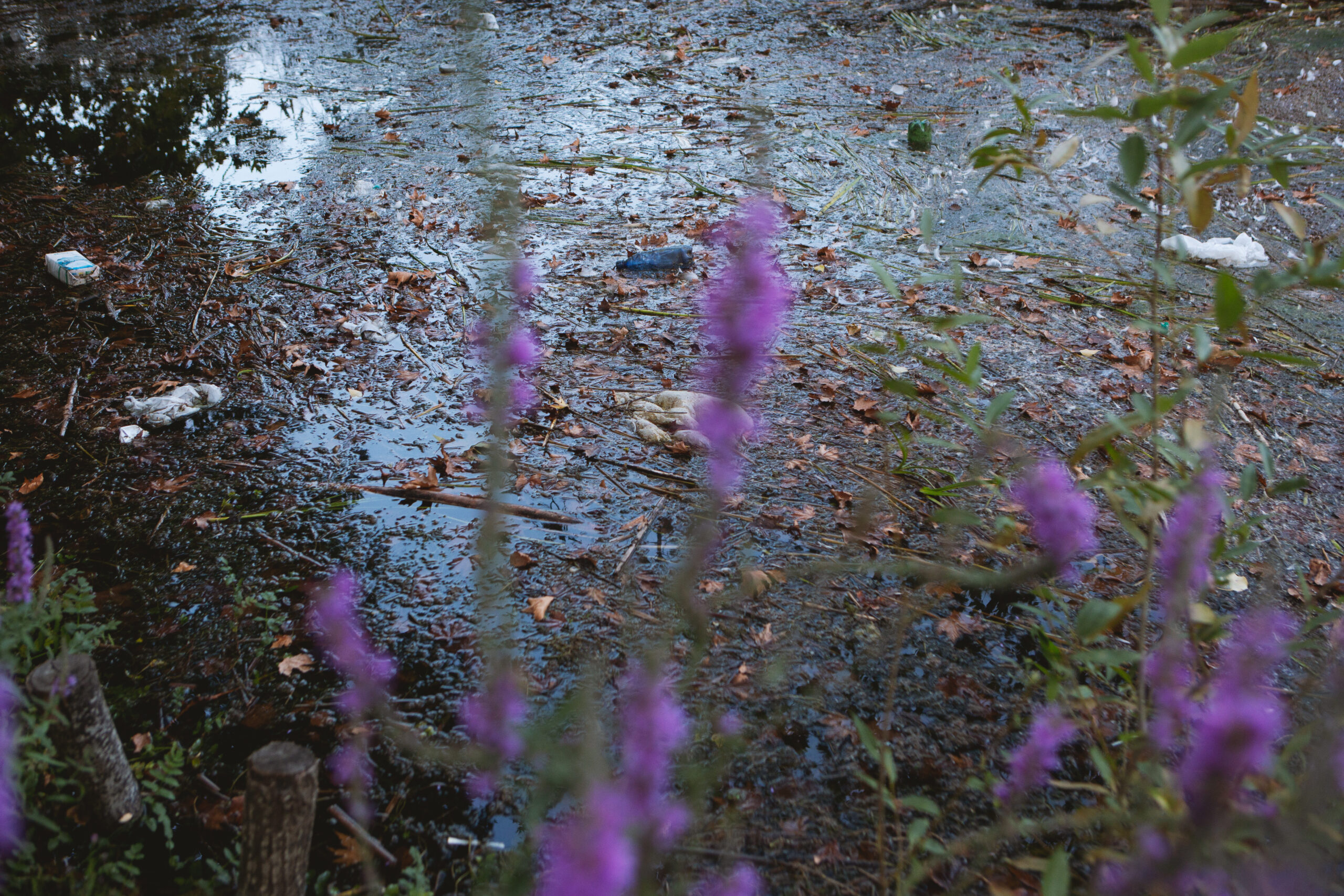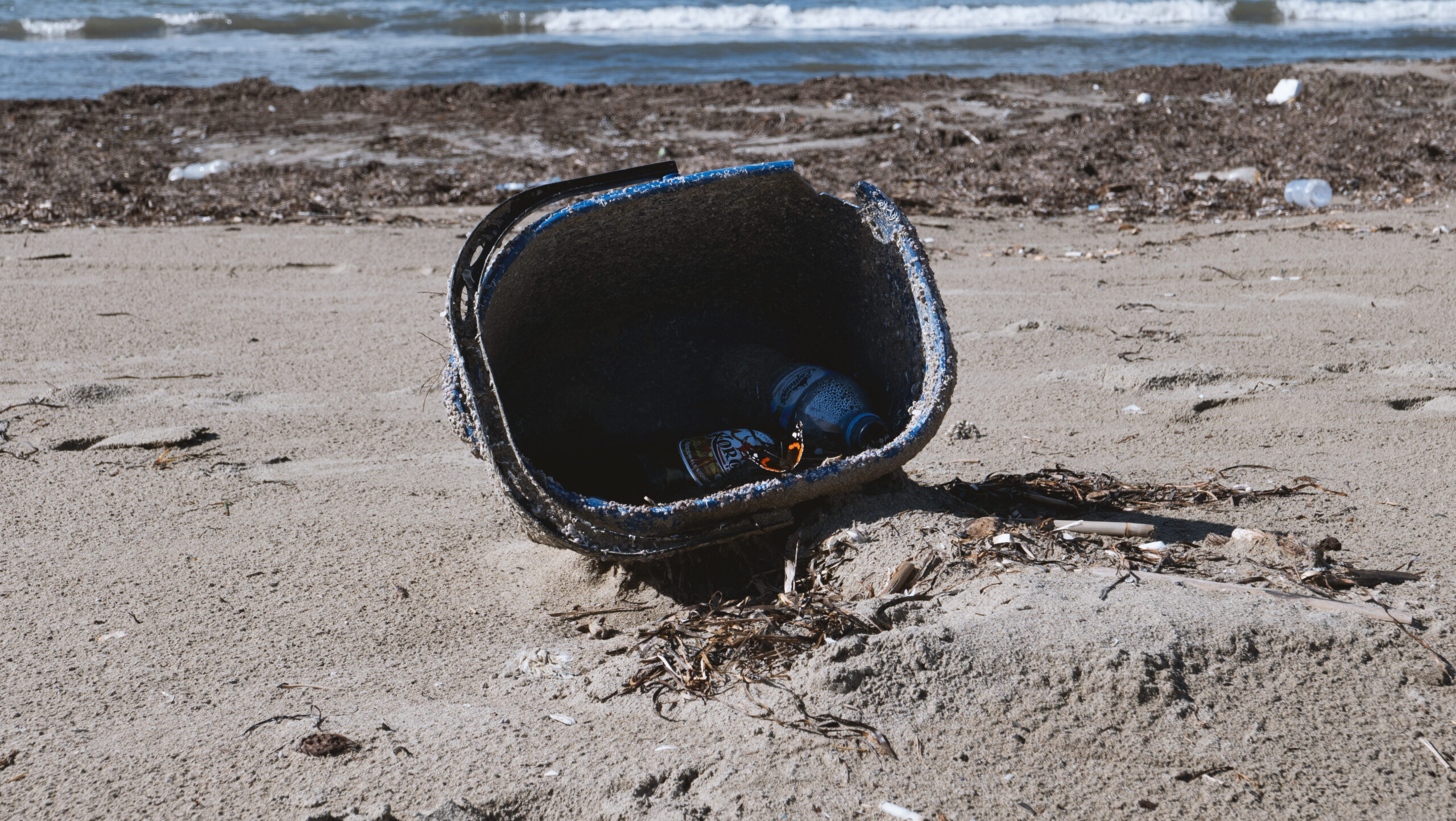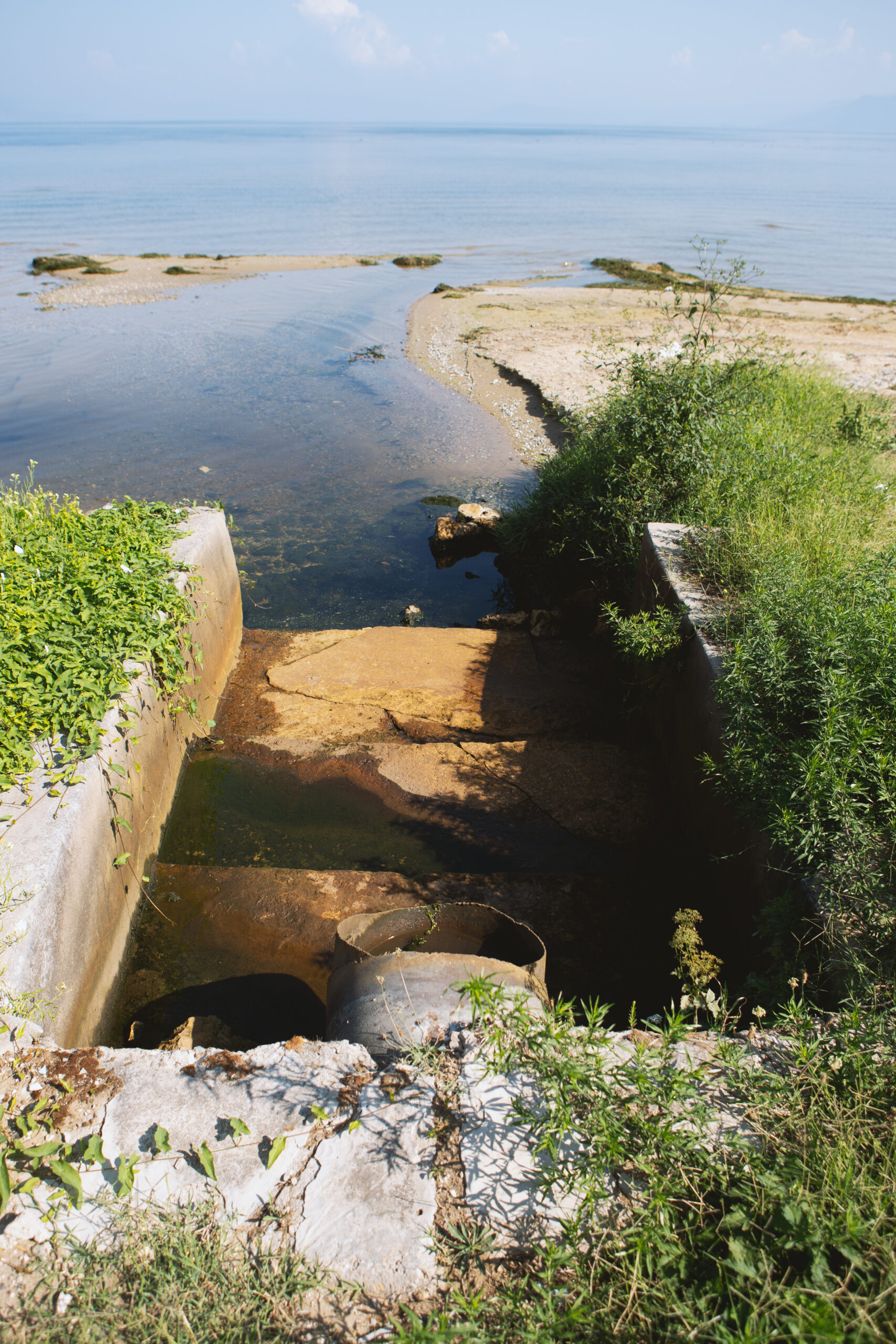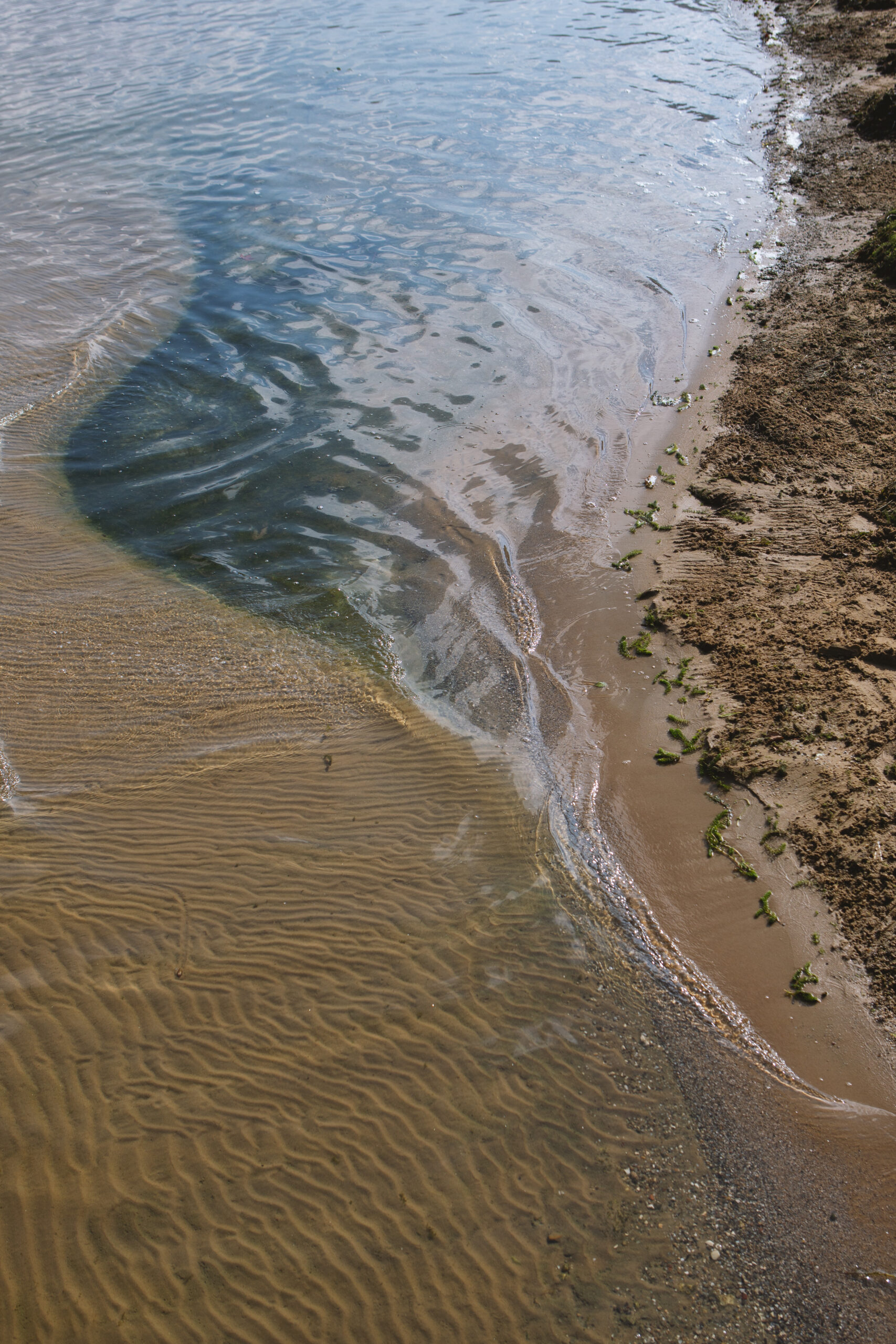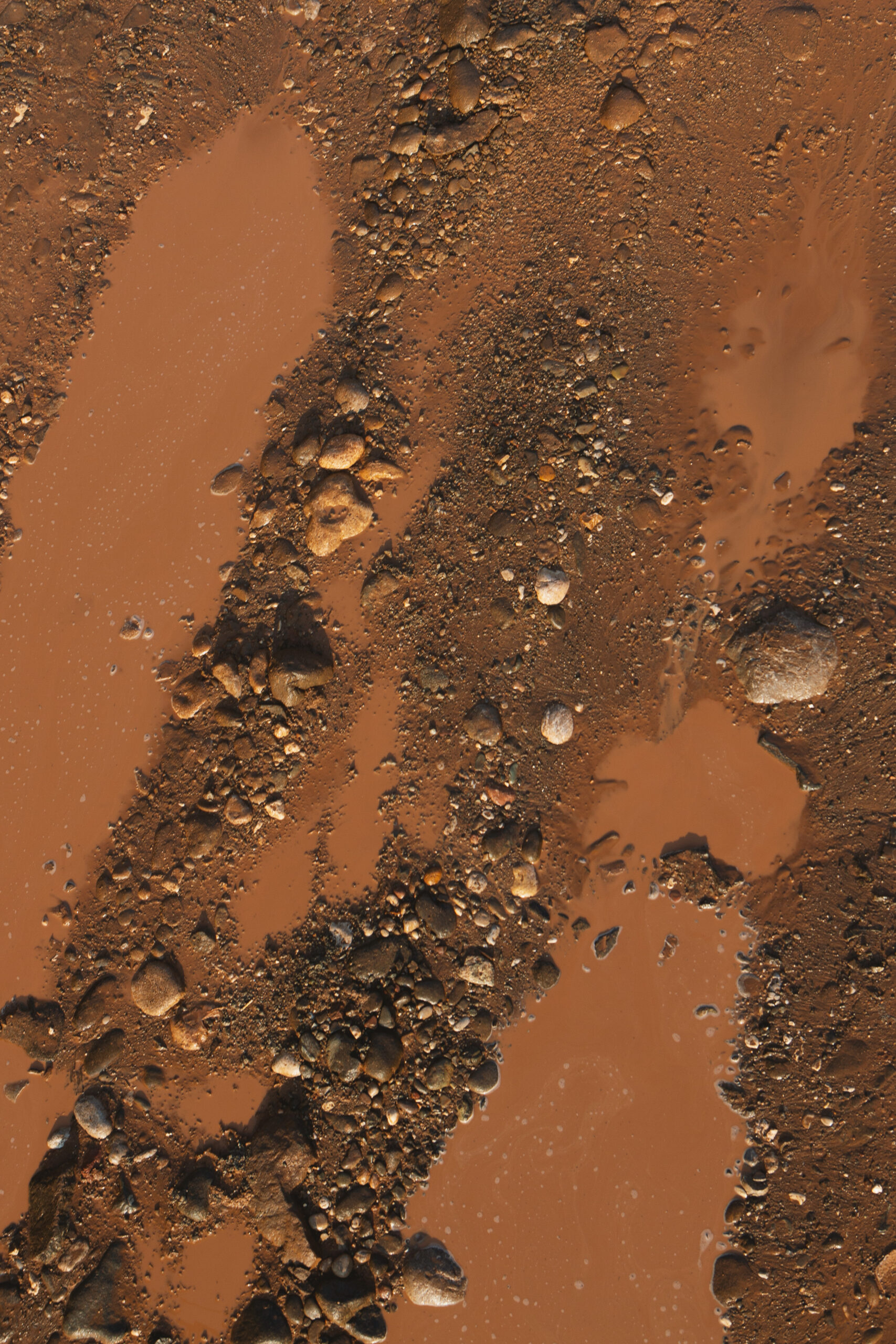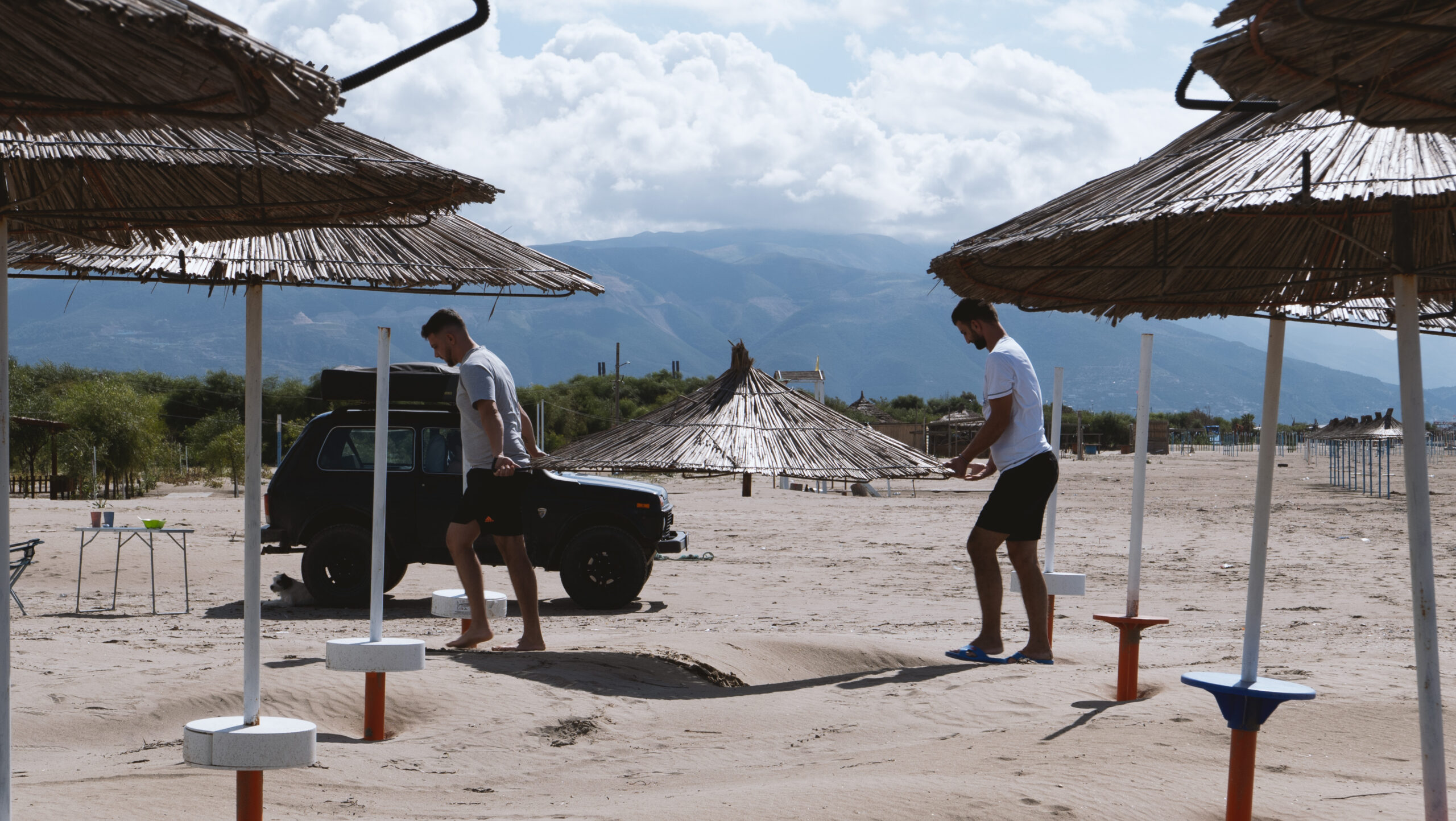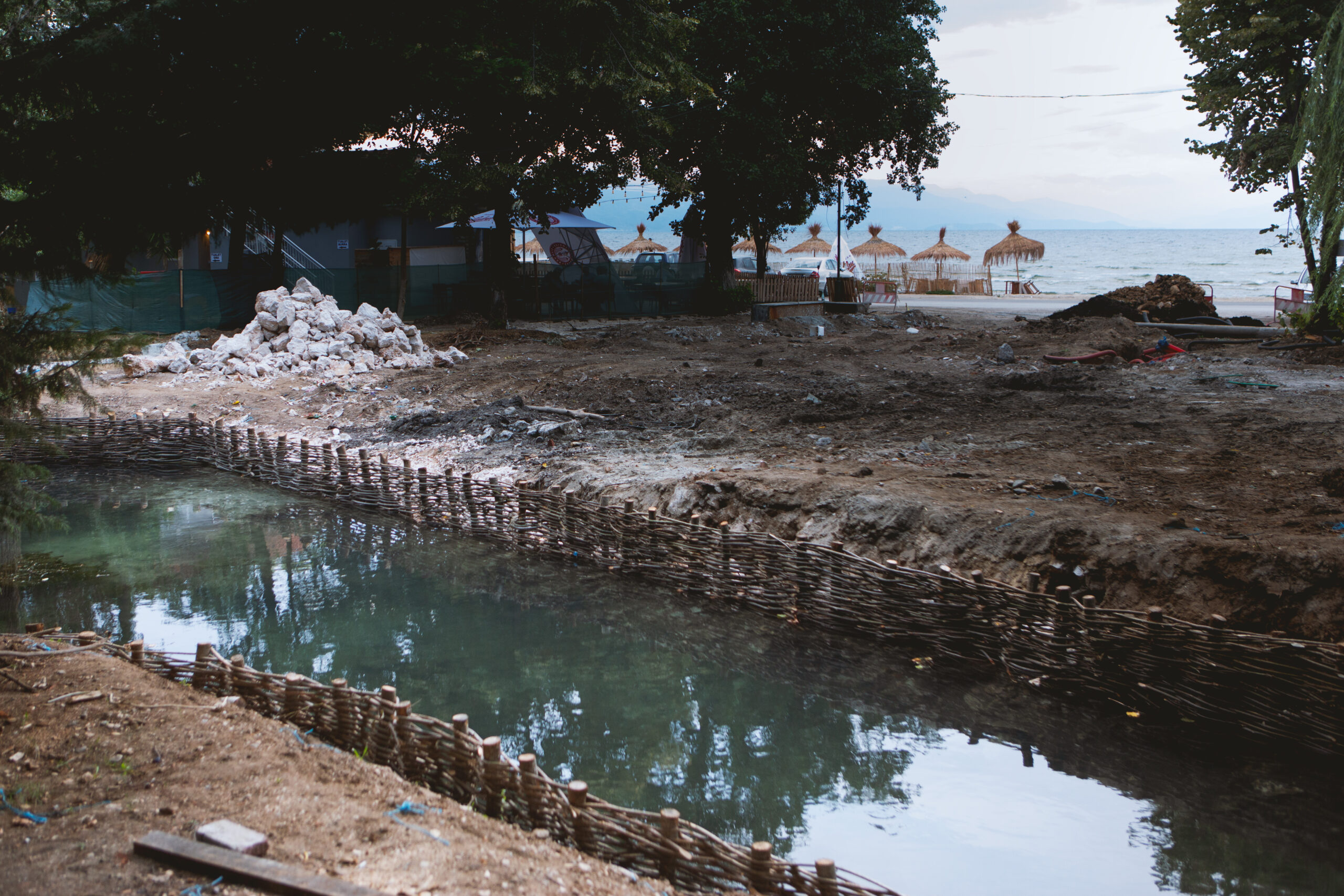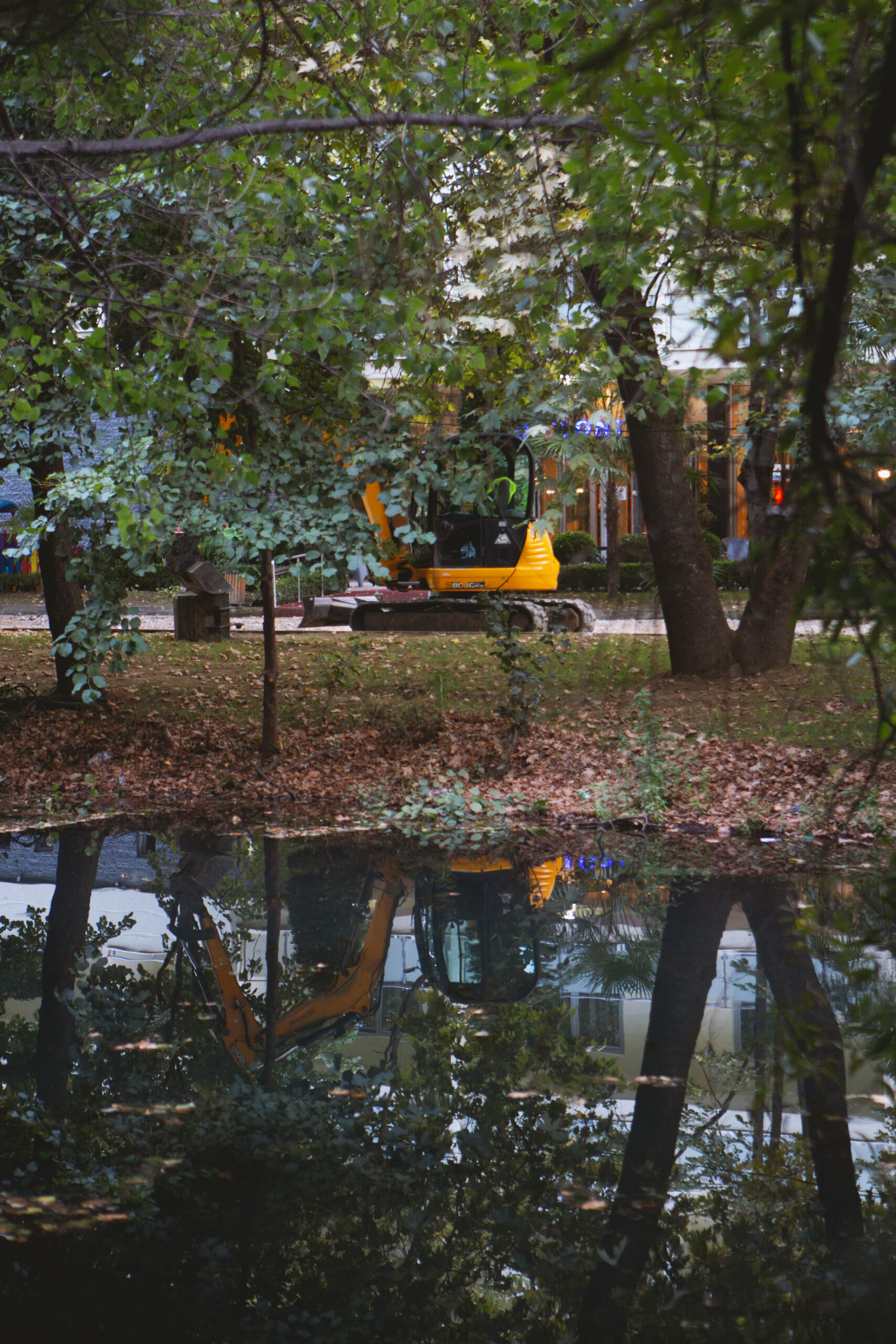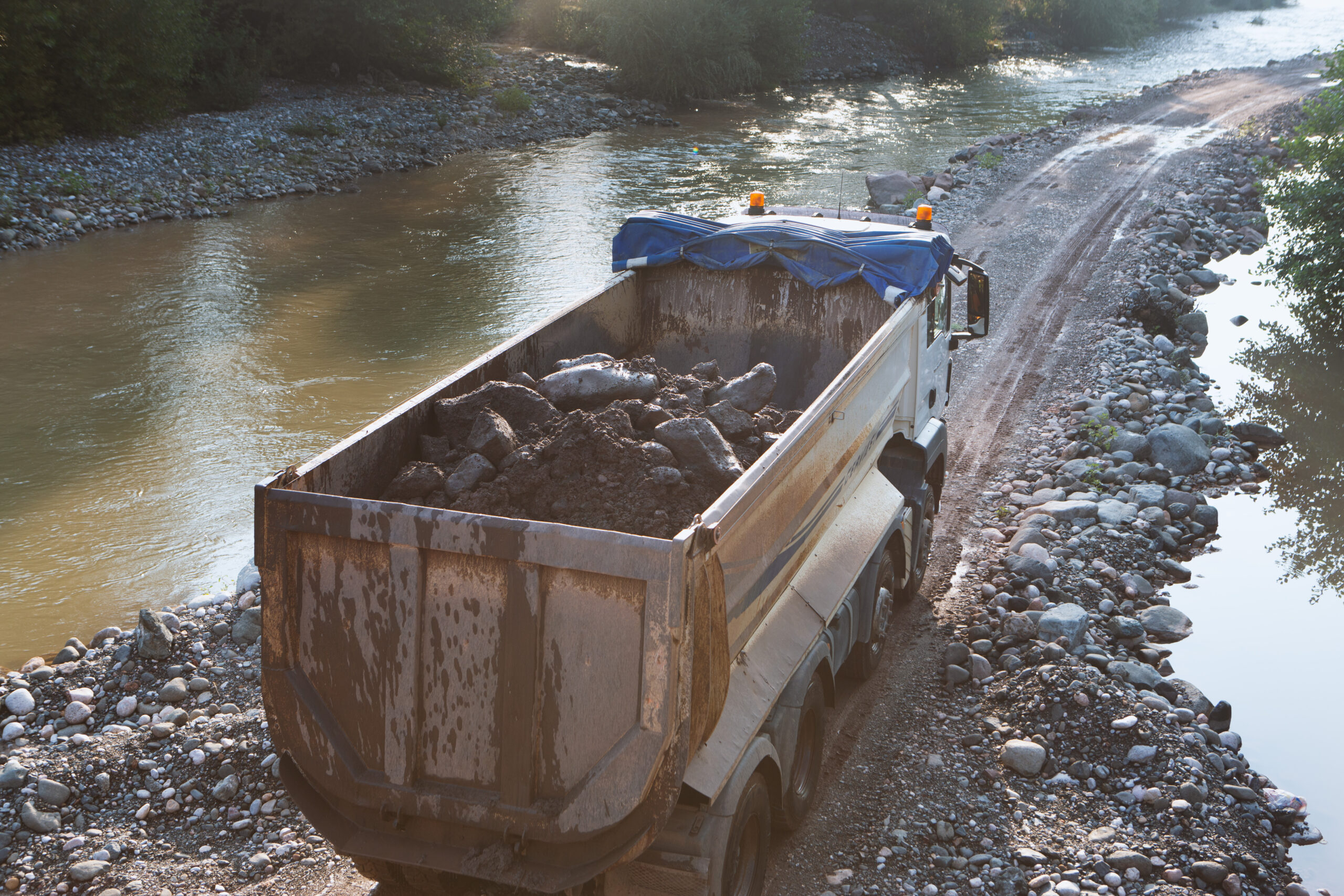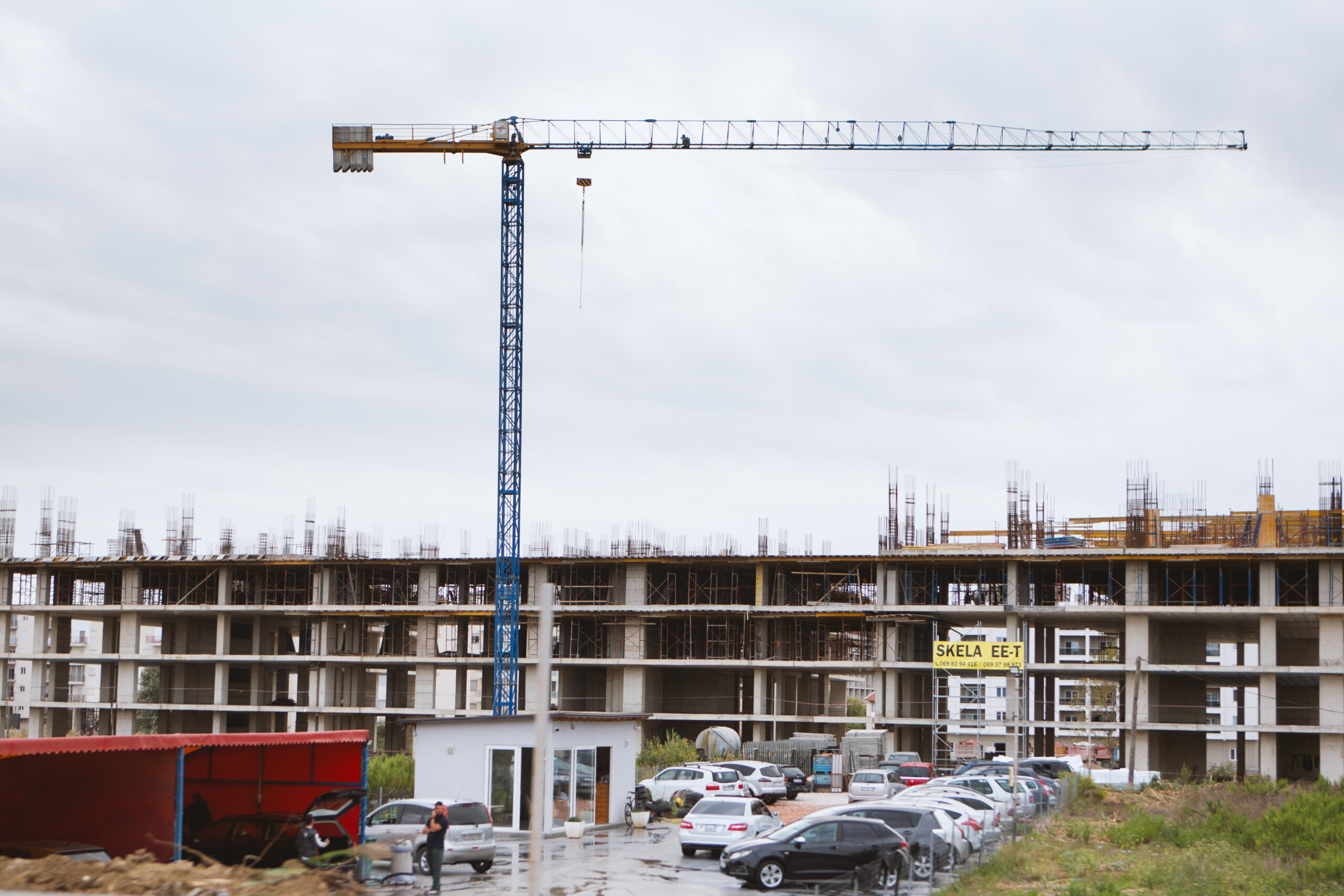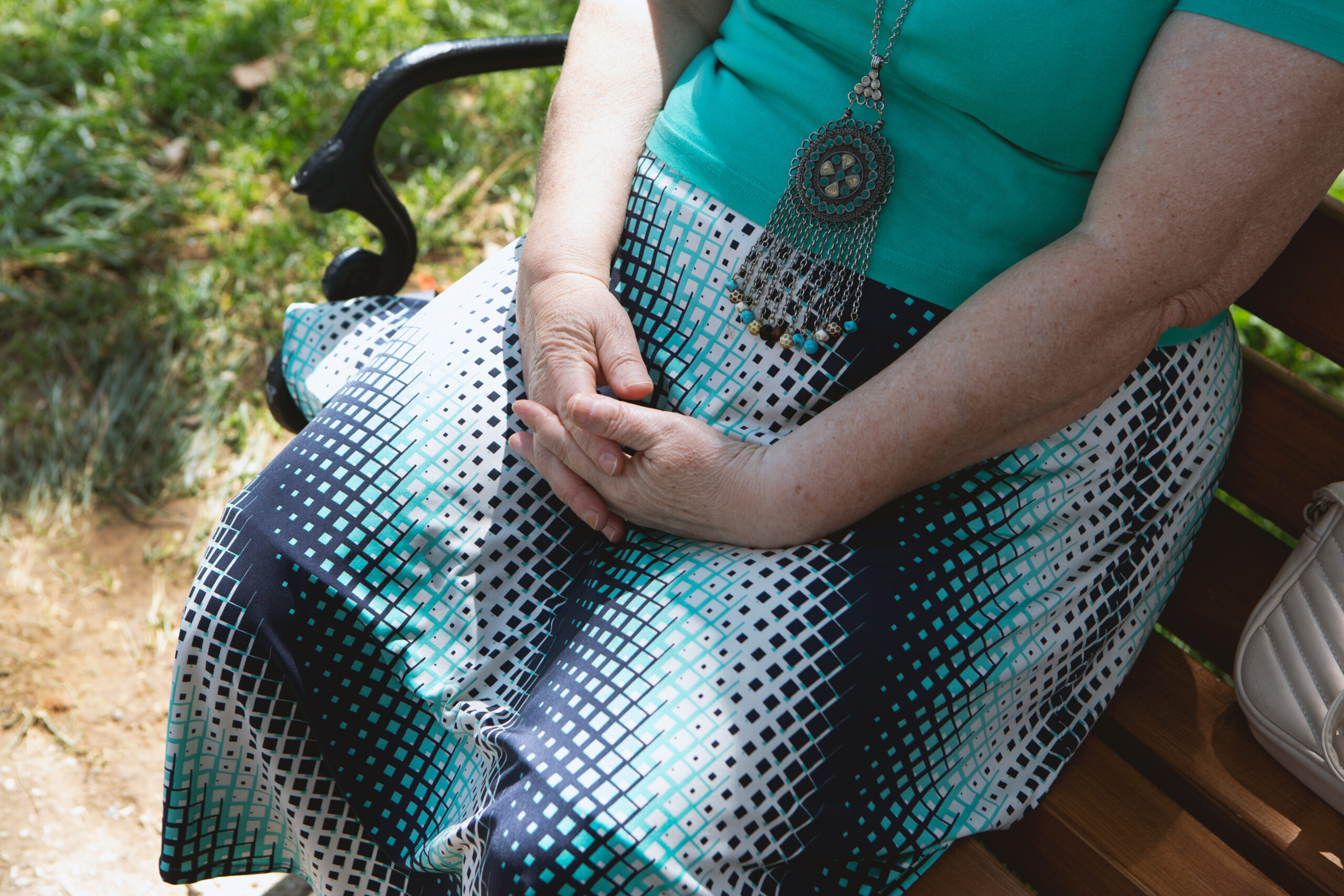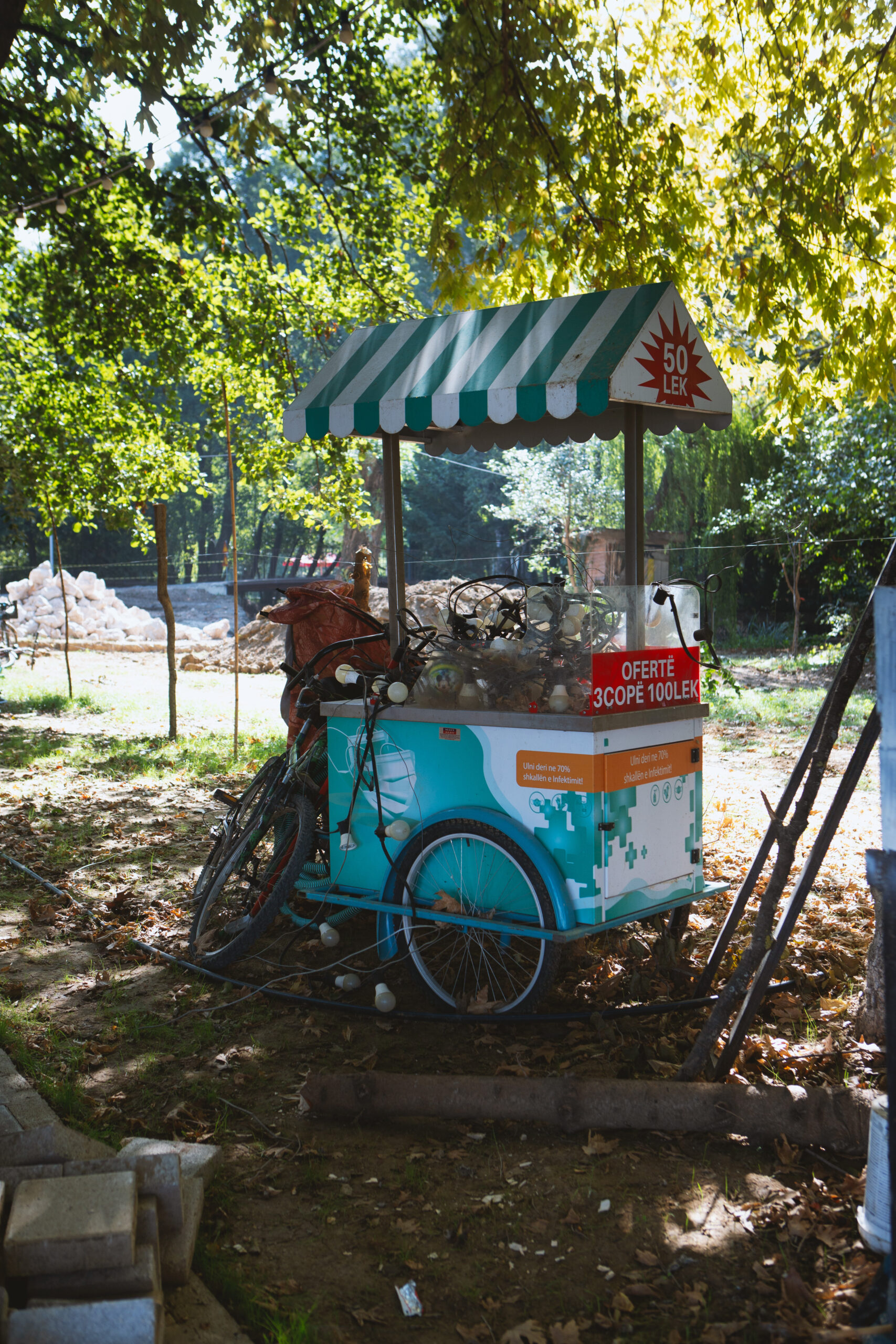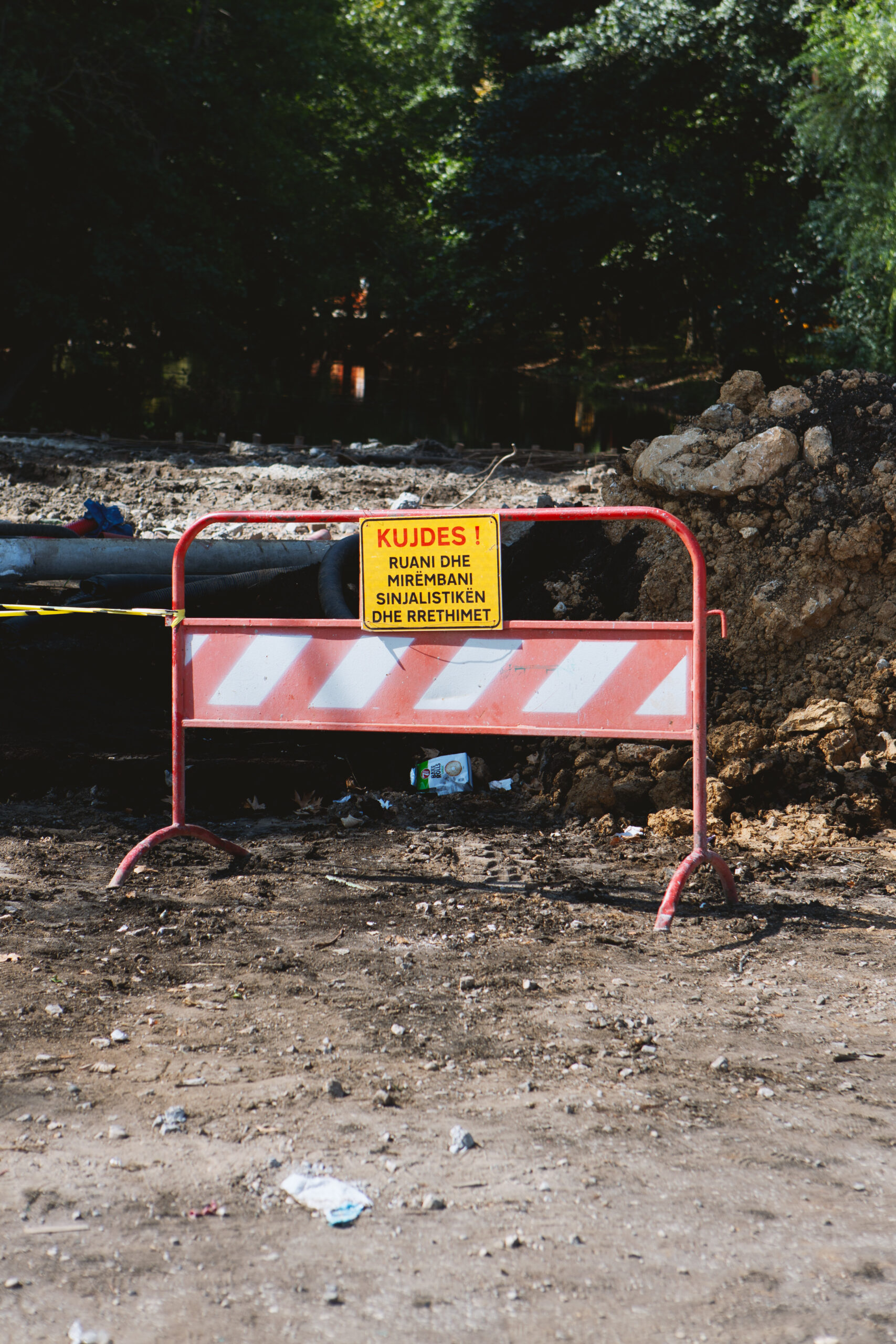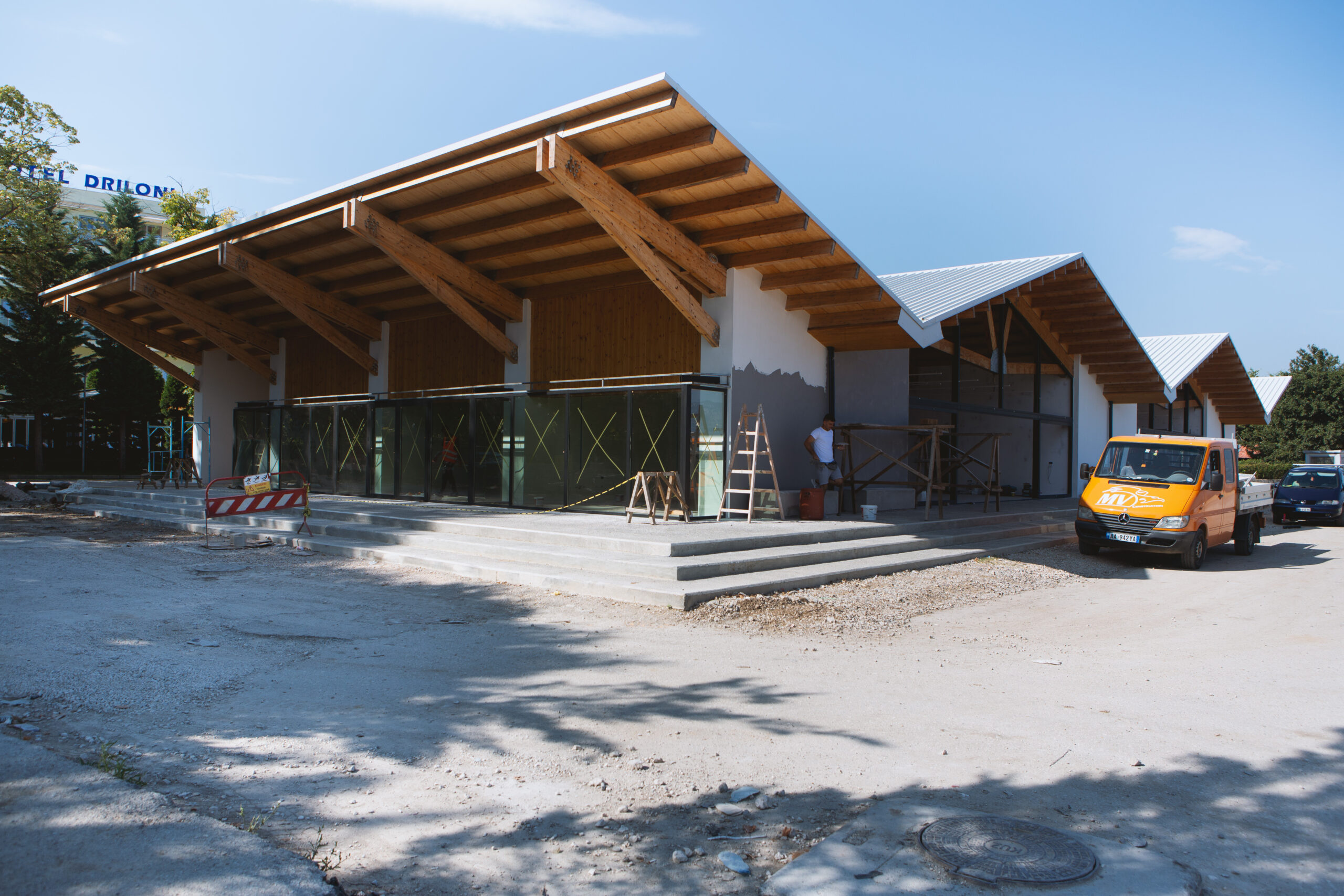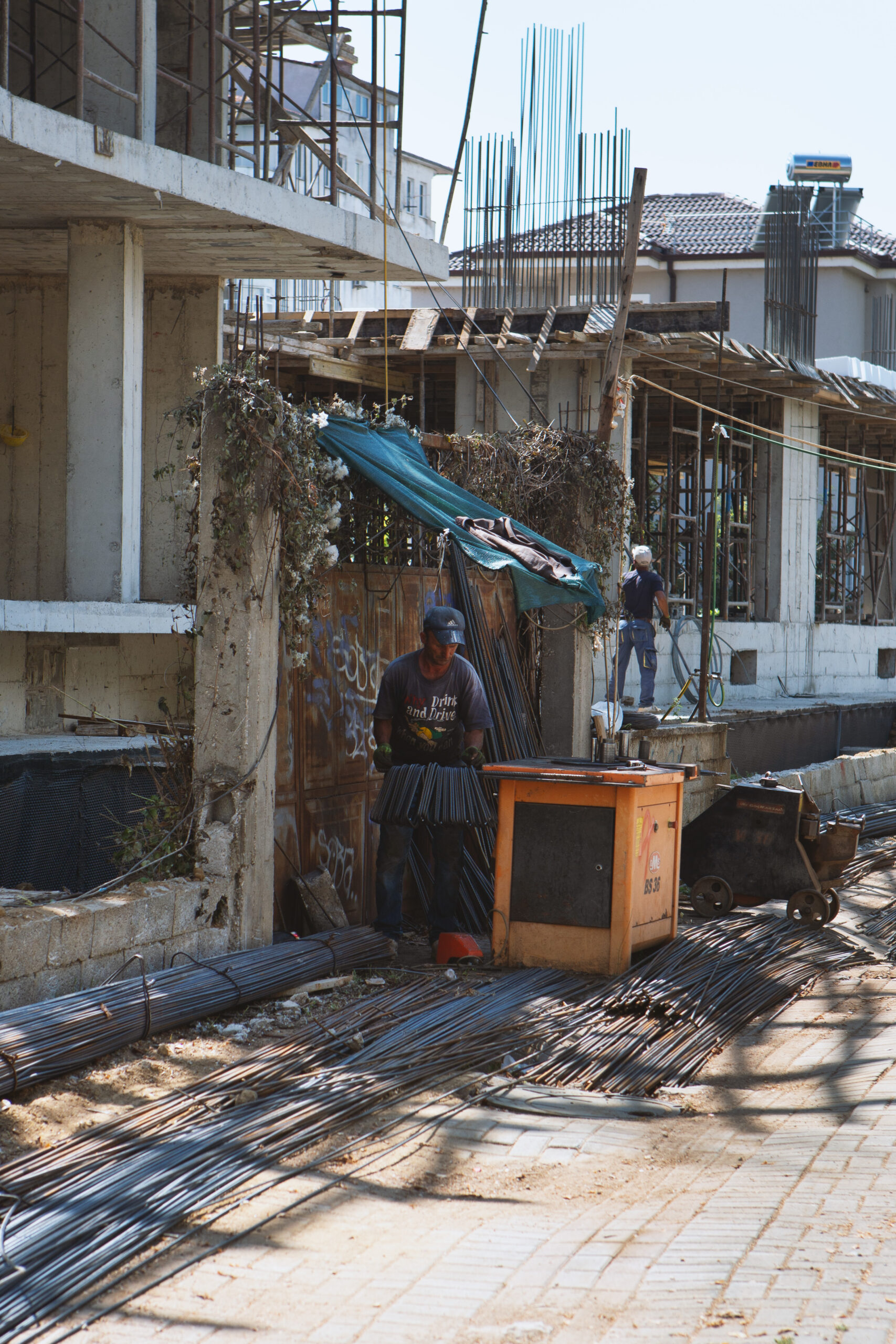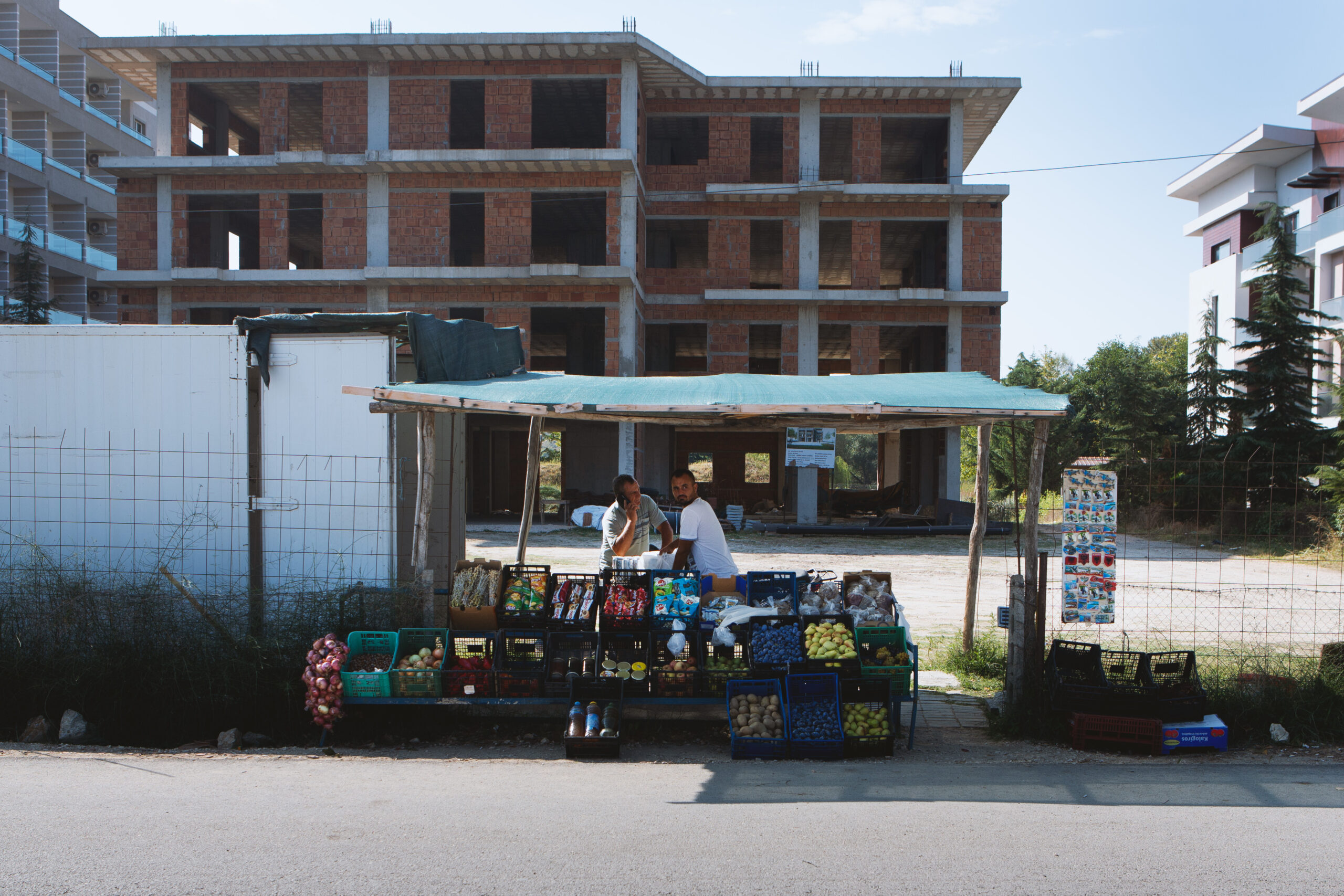
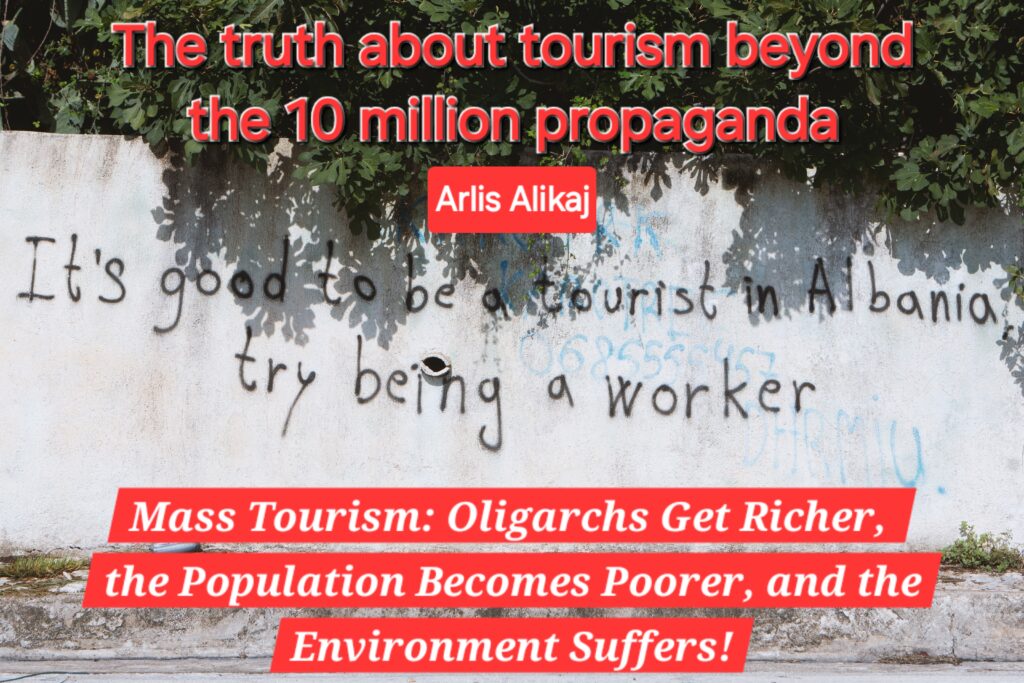
Mass Tourism: Oligarchs Get Richer, the Population Becomes Poorer, and the Environment Suffers!
Author: Arlis Alikaj
Albania is experiencing significant growth in the tourism sector, with a record number of 4.5 million foreign tourists visiting the country by June, marking a 34% increase compared to the same period last year. This substantial influx has transformed Albania into a well-known destination and has boosted its recognition on social media, where Ksamili is often referred to as the “Maldives of Europe”.
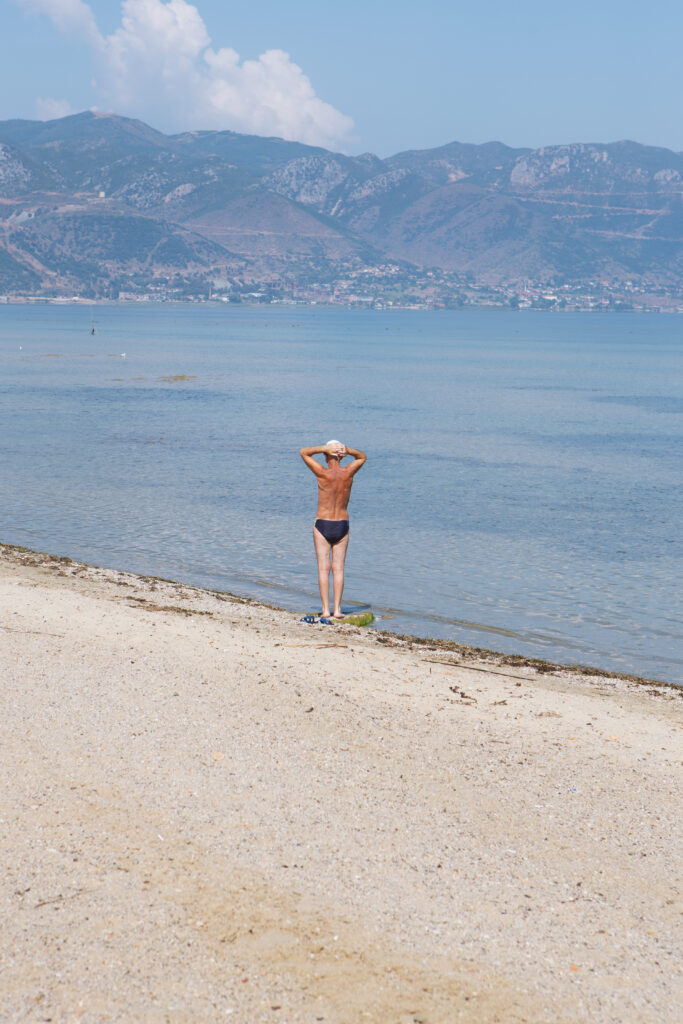
Breathtaking Views of a Beach in Albania. Photo: Costanza Musto
However, this rapid success is accompanied by several challenges. While most reactions on social media are positive, there are also comments expressing dissatisfaction, particularly regarding high prices in the southern part of the country and the lack of infrastructure. Many tourists have noticed that, although the nature and sea are stunning, the high prices and overcrowded beaches with sunbeds close together are concerning.
Tour operators emphasize that Albania still offers a good price-quality ratio compared to other countries in the region but highlight the need to address infrastructure issues and improve promotion based on the country’s true values. Chaotic and poorly managed development could harm the long-term sustainability of tourism.
Matias Kelmendi, a representative of the tourism agency “Explore Albania,” suggests the need for a more structured approach to manage traffic, improve infrastructure, and promote the country effectively. Albania must leverage its potential by harmonizing coastal tourism with adventure and rural tourism to create a more attractive and sustainable year-round offering. For this to happen, the government and tourism sectors must take concrete steps to ensure that such success does not turn into a negative boomerang, he adds.
How did Albania lose its status as a 10 Million tourist destination so quickly?
Albania welcomed around 10 million tourists in 2023, raising high expectations for the tourism sector in 2024. However, the figures for the summer season have been disappointing, with bookings falling short of expectations and a decline in the consumption of tourism services. By the end of July, 6.36 million foreign visitors had traveled to Albania, representing a 23% increase from the previous year, but their spending remained low.
Albania continues to be an attractive destination for tourists, thanks to its rich history and natural diversity, but rising prices are creating challenges. The new generation, which explores Albania with enthusiasm, has contributed to an increase in tourist numbers, while high prices remain a barrier.
The lack of accommodation capacity and a qualified workforce are additional challenges for Albanian tourism. Car rental services and cultural offerings remain popular, but stabilizing prices is essential for maintaining the status of an economically affordable destination.
Balancing the preservation of Albania’s unique identity with the development of the tourism industry remains a challenge for the future.
Albania focused on attracting 10 million tourists last year, considering it a major achievement for the tourism sector. The government has invested heavily in promoting the country through projects like “Urban Renaissance” and new infrastructure, such as the Vlorë Airport, aiming for elite tourism. However, this tourist season has revealed some harsh realities.
While INSTAT statistics indicate an increase in the number of tourists, the reality on the ground shows empty beaches and businesses complaining about a lack of customers. The intensive promotion following the pandemic, which positioned Albania as a favored destination, seems to be at odds with the actual experiences of tourists, who face high prices and chaotic infrastructure, among other issues.
Some voices within the sector have raised doubts about the accuracy of official statistics and the impact that noisy declarations have on international public perception. The challenge for Albania is to align statistical success with the true experiences of visitors, seeking to revise strategies to maintain sustainability and meet the expectations of the tourism market.
Increased consumption and tourism, but waste management fails
Over the past two years, Albania has seen a significant increase in the number of tourists and consumption levels. However, waste management has remained unchanged. According to INSTAT, in 2023, 844,157 tons of urban waste were managed, a modest increase compared to 820,322 tons in 2022. At the same time, the percentage of non-urban waste managed fell from 11.62% in 2022 to 10.30% in 2023.
Organic waste continues to make up the largest portion of managed urban waste, remaining stable at 57-58%. Plastic, glass, and cardboard waste are occupying a larger share of the urban waste structure. Energy recovery through waste incineration increased to 4.55% for urban waste in 2023, but recycling remained at 18.81%, almost on par with the previous year.
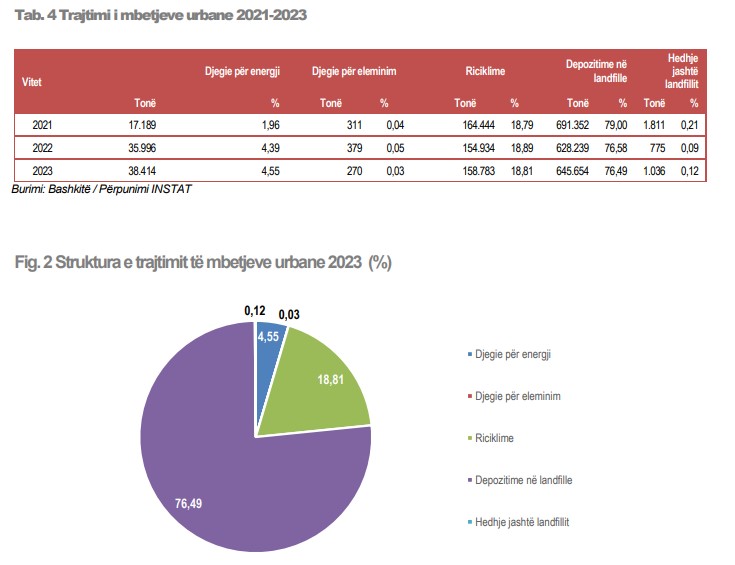
Table above: Urban waste treatment 2021 – 2023 with an increased trend
Source: Albanian Institute of Statistics – INSTAT
While landfilling remains the primary method of waste management, there has been a slight decrease, from 76.58% in 2022 to 76.49% in 2023. The application of new data collection methods, including electronic surveys from municipalities, has been part of efforts to improve waste management. However, the collection of uncategorized waste in designated bins remains a significant challenge in the country.
Improving waste management is essential to address the challenges posed by the growth of tourism and consumption in Albania.
A view of pollution in a tourist area, illustrating the dangers of irresponsible development and the need for a sustainable approach to tourism. Photos: Costanza Musto
Albania surpasses Italy in tourism, But only in sensation, not sustainability
In 2021, Albania saw a significant influx of tourists, with the number of foreign visitors increasing by 114% to reach 5.7 million, according to the Italian Economic Observatory. A considerable number of visitors came from Kosovo, North Macedonia, Montenegro, Greece, and Italy. However, this year, the tourism expectations were not met; the goal of reaching 14 million tourists was unfulfilled, despite a promising start to 2023, with around 3.3 million visitors from January to May.
Tourism expert Ferjolt Ozuni expresses skepticism about the statistics: “I do not have much faith in the figures that are published, as it is still too early to draw conclusions. The issues surrounding these statistics spark debates, given the unclear methodology of data collection. The tourist season exists between propaganda and reality. Those who come with ‘bread in hand’ cannot be labeled as tourists, and it is misleading to discuss elite tourism when visitors arrive in the morning and leave at night, essentially categorizing it as excursion tourism. These types of tourists spend little, if anything at all, and the benefits primarily go to the airports. The truth is that Albania is not a ‘low-cost’ destination. TikTok propaganda has turned this into a marketing strategy, but the reality is that we face a lack of labor, inadequate infrastructure, and disappointed tourists who come once and do not return.”
The increase in the number of tourists has highlighted concerns about mass tourism and its consequences, such as pressure on local communities, the commercialization of cultural heritage, and environmental pollution. Ina Zhupa, a member of the Democratic Party, has emphasized that the published statistics are the result of a political strategy and that most recorded tourists are emigrants returning to visit family, raising questions about the accuracy of these statistics.
“I want to stress the importance of a critical analysis of the figures being published regarding tourism in Albania. Many of the tourists recorded in the statistics are emigrants returning to visit their families, creating an illusion of success for tourism in the country.
These data are misleading and have serious consequences. Despite the large numbers reported in the media, the reality is that many Albanians continue to live in poverty, regardless of the apparent growth in tourism. The government needs to be more transparent, provide a clear picture of tourism’s contribution to the country’s economy, and explain why Albanians are not benefiting from this growth,” added Deputy Zhupa for the Vizion Portal.
Alberto Sartori, an Italian working as an international project coordinator for Italian NGOs, currently leads the project “Institutional Support for Albania in the Agriculture and Fisheries Sectors towards EU Membership.” This three-year project, funded with 2.5 million euros by the Italian Ministry of Foreign Affairs and the Development Agency, aims to strengthen institutional capacities and assist Albania in integrating with the European Union.
Alberto Sartori notes that the rising cost of living and the impact of tourism on the Albanian economy remain ongoing concerns. He emphasizes that, despite significant promotional efforts, there is a lack of a critical approach to the effects of tourism, and profits from this sector often do not distribute evenly among the local population.
“In my impression, Albania has changed rapidly in recent years, especially since 2018. Interest in tourism was present, but it surged after the Covid-19 pandemic. Since 2021, flights with Wizz Air have facilitated the increase in tourist numbers, making travel to Albania easier.
However, there is a lack of a critical approach to the impact of tourism. There are many positive references in Italian publications about Albanian beaches, which seem part of a government promotional strategy. But Albania has internal management issues, and despite the revenues from tourism, the benefits often do not reach the population, as employment is primarily seasonal and poorly paid.
Negative effects on the environment are not sufficiently discussed. Situations like the waste landfill incident in Vlorë, where black smoke drifted toward the beach, have raised more concerns about tourist satisfaction than about environmental pollution.
Furthermore, many areas are becoming less accessible to locals and more so to tourists. There have been criticisms regarding the circulating images of empty beaches and inaccurate assessments of tourism growth. The lack of independent media makes it difficult to secure accurate and reliable data about the current state of tourism in the country.”
Natural resources at risk, threatening the future of tourism itself
Ahmet Mehmeti, an environmental expert and representative of the Albanian Ecological Club, discusses the impact of mass tourism on water resource pollution and the construction of infrastructure in protected areas, as well as the risks this poses to biodiversity and the environment. He emphasizes the need to develop a sustainable tourism model that respects the environment and includes the well-being of local communities. “Albania has excellent potential for sustainable tourism, but it is crucial to explore how this potential can be utilized in harmony with environmental and social needs. Sustainable tourism involves protecting the environment and engaging local communities.”
The loss of biodiversity from excessive urbanization is jeopardizing Albania’s natural wealth and tourism potential. While the debate surrounding plastic waste is current, Albania continues to have the highest levels of waste in the region, with 73% of Mediterranean waste being plastic.
The increase in tourism may lead to environmental degradation, including habitat destruction and pollution. Mehmeti emphasizes that it is essential for Albania to adopt a tourism model that respects nature and supports the well-being of local communities.
International tourism in Albania accounts for 46% of total exports, yet it has not delivered the expected benefits to the population. The workforce is primarily seasonal and low-paid, and the wealth generated by the sector is not evenly distributed.
However, large investments in infrastructure pose a risk to biodiversity and the environment. Coastal areas and lakes, such as Lake Ohrid are suffering from pollution and excessive construction.
A view of pollution in a tourist area, illustrating the dangers of irresponsible development and the need for a sustainable approach to tourism. Photos: Costanza Musto
In this context, it is essential for Albania to develop a sustainable tourism model that respects the environment and local traditions. With its rich biodiversity and breathtaking landscapes, Albania has great potential to attract visitors responsibly and sustainably, while also ensuring the well-being of local communities and the protection of its natural wealth.
Addressing the challenges of mass tourism and environmental degradation is vital to enable tourism to contribute not only to the economy but also to the preservation of Albania’s natural and cultural beauty for future generations.

